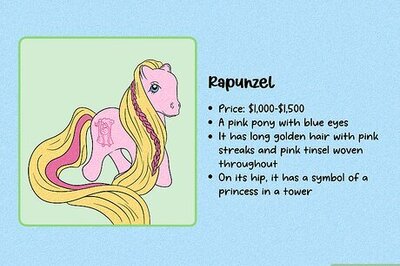
views
Who doesn’t love watermelon, especially during the hot summer months? It’s perfect for keeping the body hydrated and offers numerous health benefits, including aiding digestion, weight management, muscle recovery, and mood enhancement. However, the recent surge in injected watermelons in the markets is causing several health issues. Nowadays, vendors are resorting to injecting them with colour and chemicals to make them appear greener and redder. Toxic dyes like erythrosine are among the most harmful colours used in watermelons.
Recently, Health Coach Miruna Bashkar highlighted this issue through an Instagram post. In the video, Miruna informs her viewers how she got food poisoning from eating a watermelon. She explains how food vendors these days have been injecting red colouring and sugar syrup into the watermelon to make them red and sweet. She then performs a tissue test to check whether a watermelon is real or injected. She takes a tissue paper and wipes it on the real watermelon. The unadulterated watermelon leaves no signs of colour. She then wipes the tissue paper on the adulterated watermelon, which leaves an orange colour.
View this post on Instagram
The caption of the post read, “Toxic dyes like Erythrosine used in watermelons can cause side effects as it did for me. This is a red/pink dye which can sometimes be used in colouring the watermelon to make it look fresh and juicy to consume especially during the summer.” She also suggested always performing a tissue test before consuming the hydrating fruit.
Previously, Gut Health Expert Urvashi Agarwal also posted a video explaining how to differentiate between a real and an injected watermelon. In the video, Urvashi informs her viewers if a watermelon has a yellow mark, it means it has ripened naturally. However, if the watermelon is completely green, and when you cut it open, it looks dark in colour, you should be cautious. If you put a small piece of it in water and the water turns red, it means the watermelon has been injected with chemicals.
View this post on Instagram
According to the Food Safety and Standards Authority of India (FSSAI) one can detect this adulterant in watermelons by cutting the watermelon in half and testing for dye by dabbing a cotton ball on the surface. If the cotton ball turns red, it indicates that the fruit has been contaminated with a toxic dye.




















Comments
0 comment